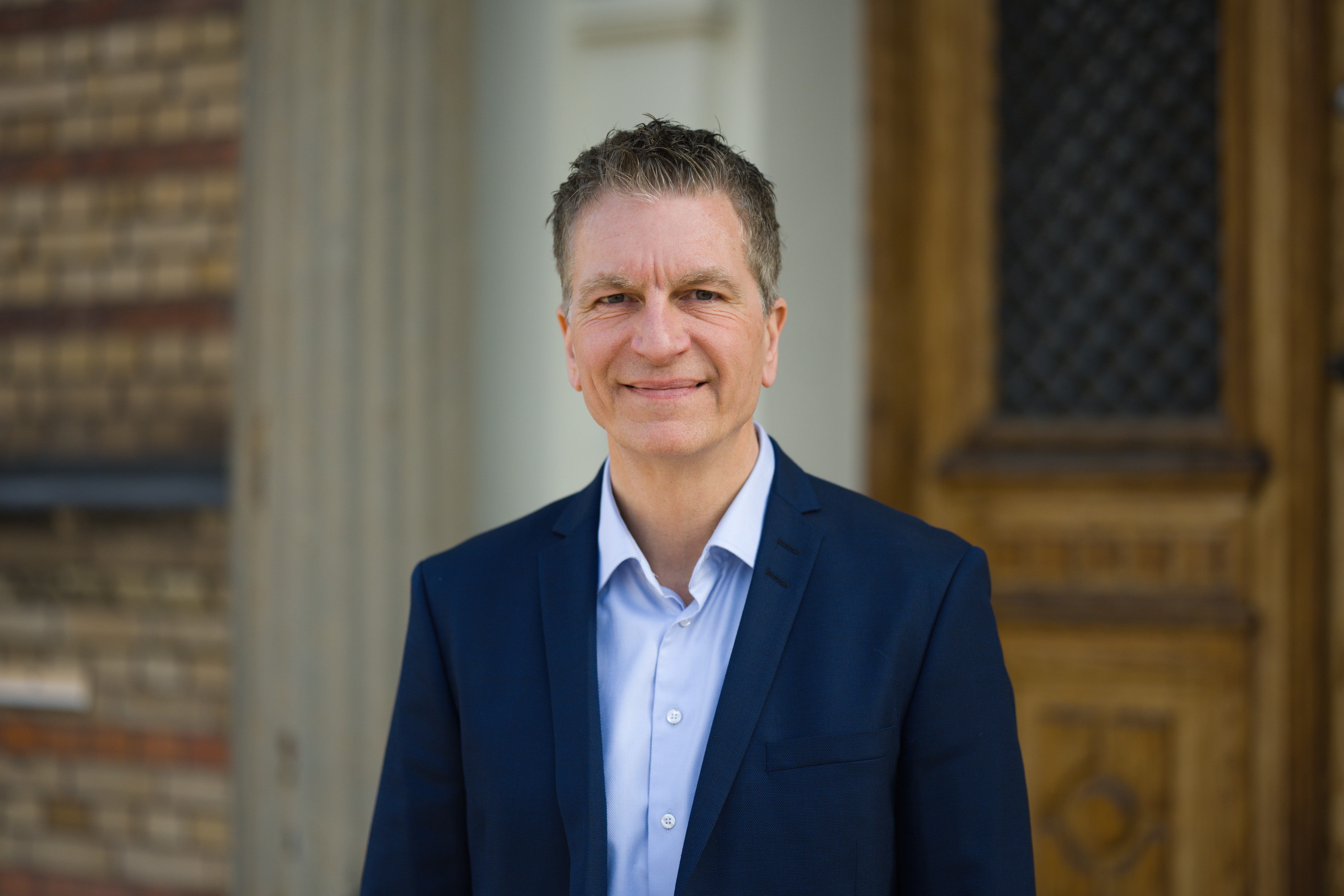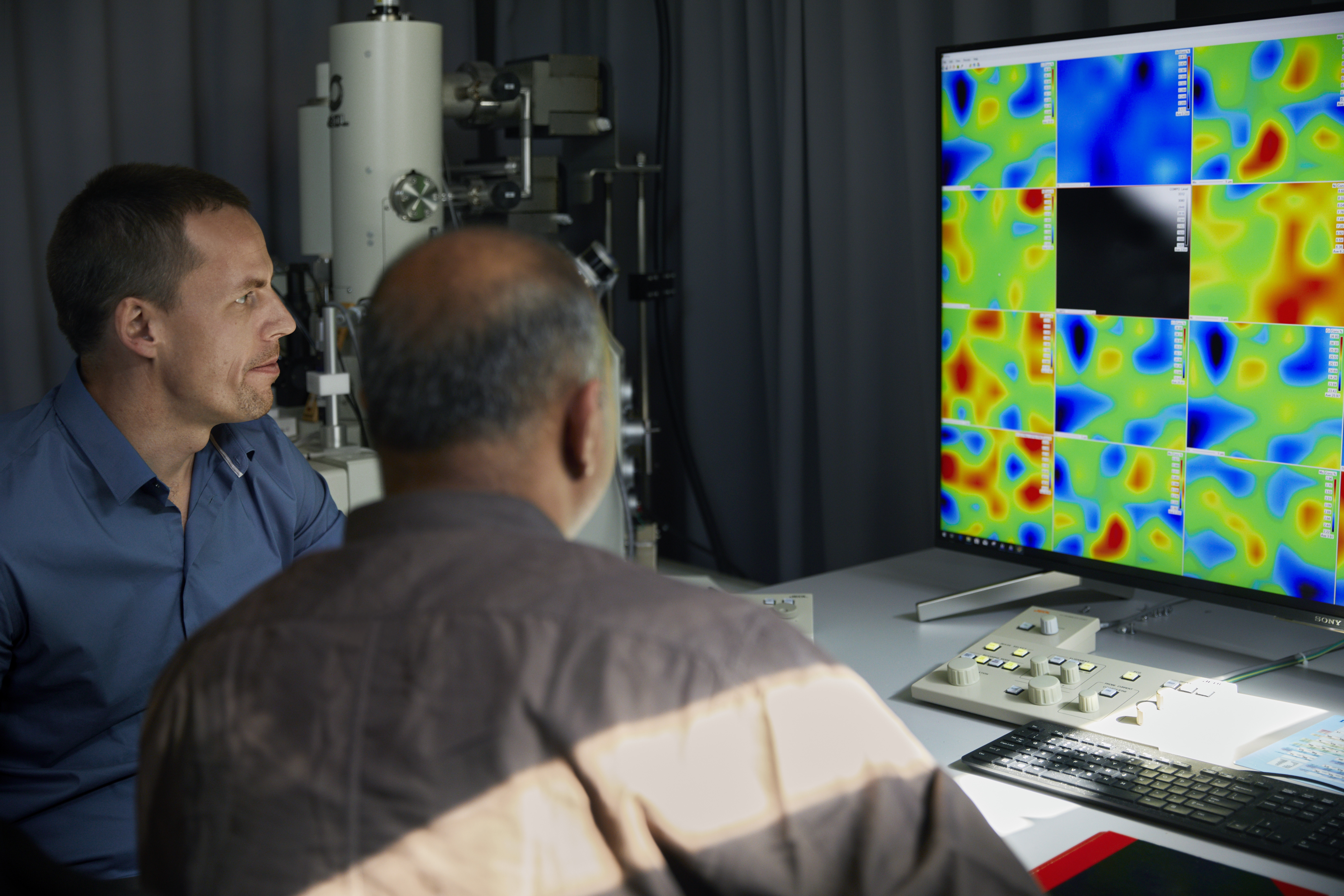Steel is a wonderful metal that can be remelted and reused indefinitely. Today, approximately 83% of our production is based on recycled steel and melted in an electric arc furnace that runs almost entirely on fossil-free electricity. Through collaborations, products and solutions, we support energy efficiency, greener transportation, and reduced CO2 emissions.
Advanced materials and stainless steel have been at the heart of research and development at Alleima for over 160 years. Combining different materials, creating new alloys, and changing the microstructure to enhance performance and efficiency, are all part of our daily work.
The materials are lightweight, durable, corrosion-resistant, and able to withstand extremely high temperatures and pressures.
Recycled since the 20th century
There are two different methods for making steel. One is to melt iron ore in a blast furnace, a method that emits "large amounts of carbon dioxide”. The second method is recycled steel-based manufacturing, through which primary and secondary materials are melted using electricity as the energy source. This is the method Alleima has used for over 100 years, where the share of recycled materials in our products is currently approximately 83% (>> Recycled steel-based for 100 years – our sustainability journey — Alleima).
 “From a sustainability perspective this is very strong, and the best thing is that the products we manufacture in turn help customers reduce their carbon footprint," says Håkan Sundström, Head of Sustainability and Governance, at Alleima.
“From a sustainability perspective this is very strong, and the best thing is that the products we manufacture in turn help customers reduce their carbon footprint," says Håkan Sundström, Head of Sustainability and Governance, at Alleima.
The process that follows the melting of the steel, and, in particular, the hot processing of materials, represent most of the CO2 footprint from our operations. The heating furnaces run on Liquid Propane Gas (LPG) or natural gas, along with a mix of biogas. This creates opportunities to reduce carbon dioxide emissions by shifting to fuels with lower carbon impact such as biogas, fossil-free hydrogen, or fossil-free electricity. The goal is to halve the already relatively low CO2 emissions by 2030 (>> Sustainability — Alleima).
“We are looking into the possibility of going in the direction of using hydrogen or electric furnaces. We need to make sure that a shift in heating fuel doesn’t affect product properties and quality. Sustainability is present in every aspect of our operations and forms an integral part of our commercial strategy,” says Sundström.
Buyback programs increase circularity
We run buyback programs both as a service to our customers and to further the efforts to increase the proportion of recycled materials. The bought-back products are products originally manufactured by Alleima that have been installed at the customer's premises for up to 20 years. When the customer chooses to switch to a new product, Alleima is offered the opportunity to buy back the old one. This allows Alleima to keep track of the exact composition of the bought-back product material.

A great example is the buy-back process set up with Welltec and Rimeco (>> A full circle and a win-win-win — Alleima). Welltech, a leading Danish provider of robotic well solutions for the energy industry, uses the Alleima high-alloy tubes in the production of its world-leading metal expandable packer technology. Welltec buys the tubes from Alleima and reworks them to fit the needs of the specific application. This typically results in some scrap being left over.
Rimeco is a fifth-generation Danish recycling and waste management company that has been providing recycling services to Alleima since 1981. Its principal activity is the collection, recycling, and operational handling of non-ferrous and ferrous scraps and alloys in Scandinavia. As a partner to Welltec and Alleima, Rimeco has all the necessary agreements in place to allow both companies to trust it to take care of their state-of-the-art materials and proprietary designs.
”This is very effective for us! When we know exactly what product it is, we can optimize when re-melting. We get stainless steel back, but we also help the customer to have their used material removed. The customer, like us, wants to make the process as circular as possible,” says Sundström.
Once back with Alleima, the material goes through further studies to establish what kind of new product it could be used for.
Alleima Purchasing Manager Per-Ragnar Moberg explains:” When the material comes to us, we carry out an in-depth analysis to find out how much nickel, chromium, manganese, and so on it contains. This allows us to decide how to best re-use it.”
After smelting in the Electric Arc Furnace, the material is further processed in the AOD (Argon, Oxygen, Decarburization) converter to reduce carbon and sulfur. The third step in the steel-making process is the ladle furnace, where the final adjustments are made to the composition. After certain elements, like nickel, chromium, and manganese, are added, to get the recipe just right. Today Alleima produces more than 900 different stainless-steel grades, each of which is made up of a precisely balanced mix of elements, forming a unique “recipe” (>> 900 ways to make a change — Alleima).
Transparency and CO2 reduction
To further increase transparency, Alleima is implementing Life Cycle Assessment (LCA) as a tool to accurately measure and calculate the carbon footprint of advanced materials and products (>> LCA – a necessity for the future of sustainable industry — Alleima. Customers will be provided with third-party verified and precise data, which supports them on their journeys to reduce their environmental footprint.
Life Cycle Assessment (LCA) is an increasingly important methodology to quantify environmental impact and identify hotspots in a product’s life cycle. LCA studies can be used to cover all the stages, from raw material extraction to when the product reaches the market. They can provide calculations of the many different types of environmental impact in product manufacturing, including carbon footprint.

R&D at our core
Research and development is at the heart of Alleima. Combining materials to create new alloys and changing the microstructure to enhance performance and efficiency are all part of our daily work. It is all about material science and deep customer application knowledge. With more than 900 lightweight, durable, and corrosion-resistant alloy compositions, our products can be exposed to extremely high temperatures and pressures, they can be more efficient, and ensure a more sustainable process.
How, exactly, can technological developments in materials science support sustainability? Take the Eiffel Tower, for example. By using the advanced high-strength steels that exist today, you could build four Eiffel Towers using the same amount of material that was used in the original. Building lighter constructions means less material produced and less transportation required to move it. All these factors lead to reduced CO2 emissions. Stronger steel also allows aircraft and cars to weigh less, enabling them to consume less energy and, in turn, produce fewer CO2 emissions.
The key lies in the material design. Alleima researchers and product developers have delved down to the atomic level to design new materials, moving atoms to create new compositions of existing materials to make them lighter and more resilient. Computational modeling shows what kind of new compositions are possible and what would be needed to realize them.
“Building lighter constructions means that less material needs to be produced and less transportation is required to transport that material. Both factors lead to reduced CO2 emissions. Stronger steel also results in aircraft and cars that weigh less, which, in turn, means they consume less energy and thus produce less in the way of CO2 emissions”, ends Sundström.
